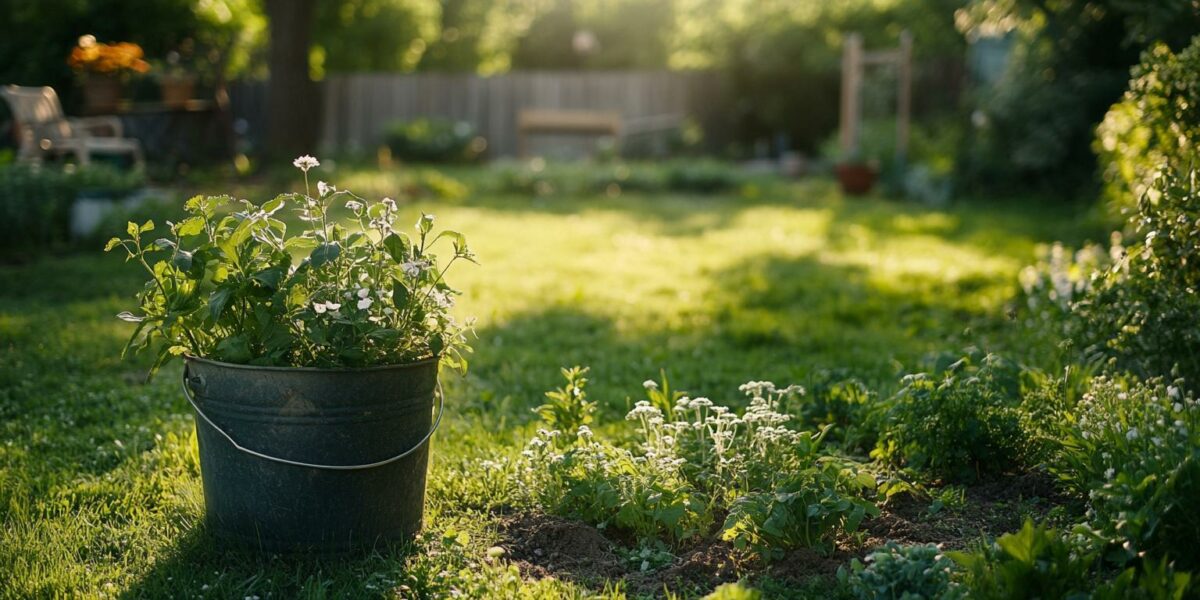Rethinking Traditional Lawns
In Roxborough, the idea of the conventional manicured lawn is being replaced by a movement towards native plants. These plants are not only eco-friendly but also require less water and maintenance, making them ideal for sustainable gardening.
Jennie Love, a local advocate, highlights the importance of using native plants to enhance biodiversity. By doing so, residents can create habitats that support local wildlife and promote a healthier ecosystem.
The trend is catching on, with more homeowners opting for natural gardens over traditional lawns. This shift not only benefits the environment but also saves time and resources.
Beyond aesthetics, native plants help in soil retention and reduce the need for chemical fertilizers, making them a practical choice for those looking to go green.
The Joy of No Mow
Embracing a no mow approach can significantly reduce the carbon footprint of lawn maintenance. By allowing certain areas to grow freely, homeowners can foster a more natural landscape.
This method not only saves on fuel and emissions but also encourages the growth of wildflowers and other native species. The result is a garden that thrives without constant intervention.
Moreover, no mow zones can serve as sanctuaries for pollinators like bees and butterflies, contributing to the overall health of the environment.
Benefits of no mow include:
- Reduced lawn maintenance costs
- Increased wildlife habitats
- Enhanced soil fertility and structure
Creating DIY Fertilizer
Jennie Love’s approach to DIY fertilizer is both innovative and simple. Using common weeds and a bucket, anyone can create an effective fertilizer that nourishes plants naturally.
This method not only recycles garden waste but also reduces dependency on commercial fertilizers, which often contain harmful chemicals. It’s a win-win for both the garden and the environment.
To make your own fertilizer, gather weeds and other plant materials, place them in a bucket, and let them decompose. This process creates a nutrient-rich solution that can be used to boost plant growth.
DIY fertilizer is an excellent way to make use of what’s already available in your garden, turning waste into valuable resources.
The Impact on Community
The shift towards native plants, no mow areas, and DIY fertilizer is having a ripple effect throughout Roxborough. Neighbors are inspired to adopt these practices, creating a community-wide movement towards sustainability.
Local schools and organizations are also getting involved, teaching the next generation the importance of environmental stewardship. These efforts are fostering a sense of responsibility and connection to nature.
As more people join this green revolution, the collective impact is significant. The community is seeing improvements in air quality, water conservation, and overall well-being.
This transformation is a testament to the power of grassroots initiatives and the potential for small actions to lead to big changes.



michaelsentinel
Thank you for highlighting the importance of biodiversity. This is crucial for our planet’s health.
madelyn
Is there a specific type of native plant that’s best for beginners?
jasonwhispering
Can someone explain how no mow areas benefit pollinators?
ayden3
How long does it take for the DIY fertilizer to be ready to use?
thomas
LOL, I guess I’ll have to tell my lawnmower it’s going into semi-retirement!
Naomi
This is so inspiring! Thank you for sharing these ideas.
Ezekiel_Dreamer
I’m not sure about the “no mow” approach. Won’t it make the yard look messy?
emily
Does anyone have tips for starting a native plant garden in a small backyard?
charles
Wow, this is amazing! I love seeing communities take charge of their environment. 🌱